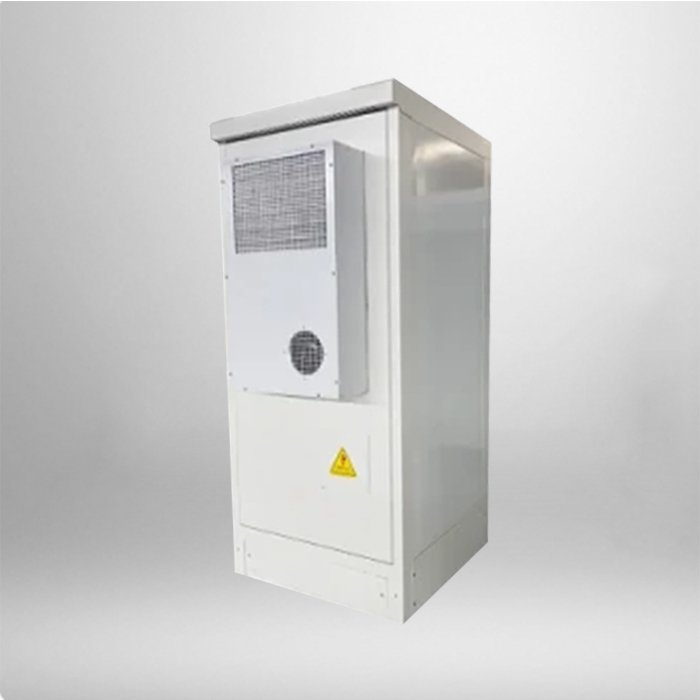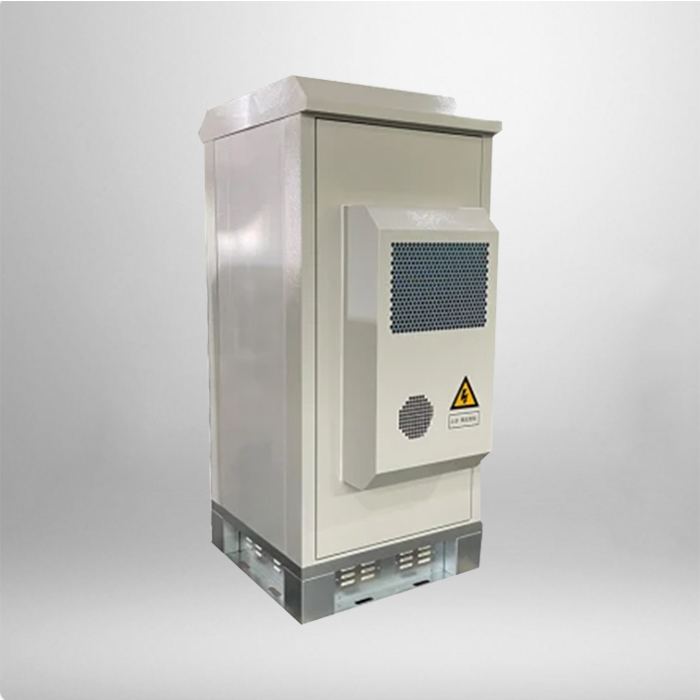
Outdoor telecom equipment cabinets serve as the first line of defense for sensitive networking devices in open-air settings. These enclosures hold critical gear like signal boosters, fiber optic converters, and power modules—all essential for keeping mobile, internet, and communication networks operational. When exposed to rain, high winds, extreme temperatures, or even wildlife, unprotected equipment can fail, leading to service disruptions for homes, businesses, and emergency services. Knowing how to select the right cabinet and keep it well-maintained is key to ensuring long-term network reliability.
The first step in choosing an outdoor telecom cabinet is evaluating environmental resilience. Different installation sites pose unique challenges: coastal areas require protection against saltwater corrosion, desert regions need defense against intense UV rays and extreme heat, and rainy climates demand strict waterproofing. Most cabinets use the IP (Ingress Protection) rating system to indicate their resistance to dust and water. For example, an IP66-rated cabinet is fully dust-tight and can withstand powerful water jets, making it suitable for heavy rain or high-humidity areas. Materials also matter—galvanized steel cabinets offer strong rust resistance, while aluminum models are lightweight yet durable for areas with frequent wind. Some cabinets even include anti-corrosion coatings for extra protection in harsh environments.
Another critical factor is thermal management capability. Telecom equipment generates heat during operation, and outdoor temperatures can swing from below freezing to over 40°C (104°F)—well outside the safe range for most devices. Cabinets must balance heat retention and dissipation to keep internal temperatures stable. Passive solutions, such as insulated walls and vented panels, work for mild climates by letting heat escape naturally. In hotter areas, active cooling systems like quiet fans or compact air conditioners circulate cool air, while colder regions may need built-in heaters to prevent equipment from freezing. Many modern cabinets also include temperature sensors that trigger cooling or heating systems automatically, optimizing energy use.
Security features should not be overlooked, as outdoor cabinets are often targets for theft or vandalism. Durable construction is foundational—thick metal walls resist impacts from tools or debris. Locking systems vary from high-security key locks to digital keypads that log access, preventing unauthorized entry. Some cabinets add tamper-detection features, such as sensors that send alerts to network teams if the door is forced open or the cabinet is moved. For remote sites, these security measures reduce the risk of equipment theft and costly service outages.

Cable and space management is also a key consideration during selection. Outdoor telecom cabinets must accommodate not just current equipment, but also future expansions—such as adding more routers or fiber connections. Internal rails, shelves, and cable trays help organize power and data cables, preventing tangles that can damage wires or slow maintenance. Cable entry points are sealed with rubber gaskets or foam inserts to block water and dust, while flexible ports allow new cables to be added without breaking the cabinet’s weather seal.
Maintenance is vital to extending the cabinet’s lifespan and keeping equipment safe. Regular inspections (every 3–6 months) check for signs of wear: cracked door gaskets, rust spots, or blocked vents. Filters in cooling systems are cleaned or replaced to ensure airflow, and heaters are tested before cold seasons. Cable entry points are re-sealed if gaps appear, and locks are lubricated to prevent jamming. In areas with heavy snow or ice, cabinets may need periodic clearing to avoid structural stress from weight buildup.
In conclusion, outdoor telecom equipment cabinets are more than just storage boxes—they are engineered solutions that protect the backbone of modern communication. By prioritizing environmental resilience, thermal management, security, and space for growth during selection, and following consistent maintenance practices, network operators can minimize downtime and ensure reliable service. Whether placed on city streets, rural utility poles, or remote mountain tops, these cabinets play an indispensable role in keeping communities connected.


